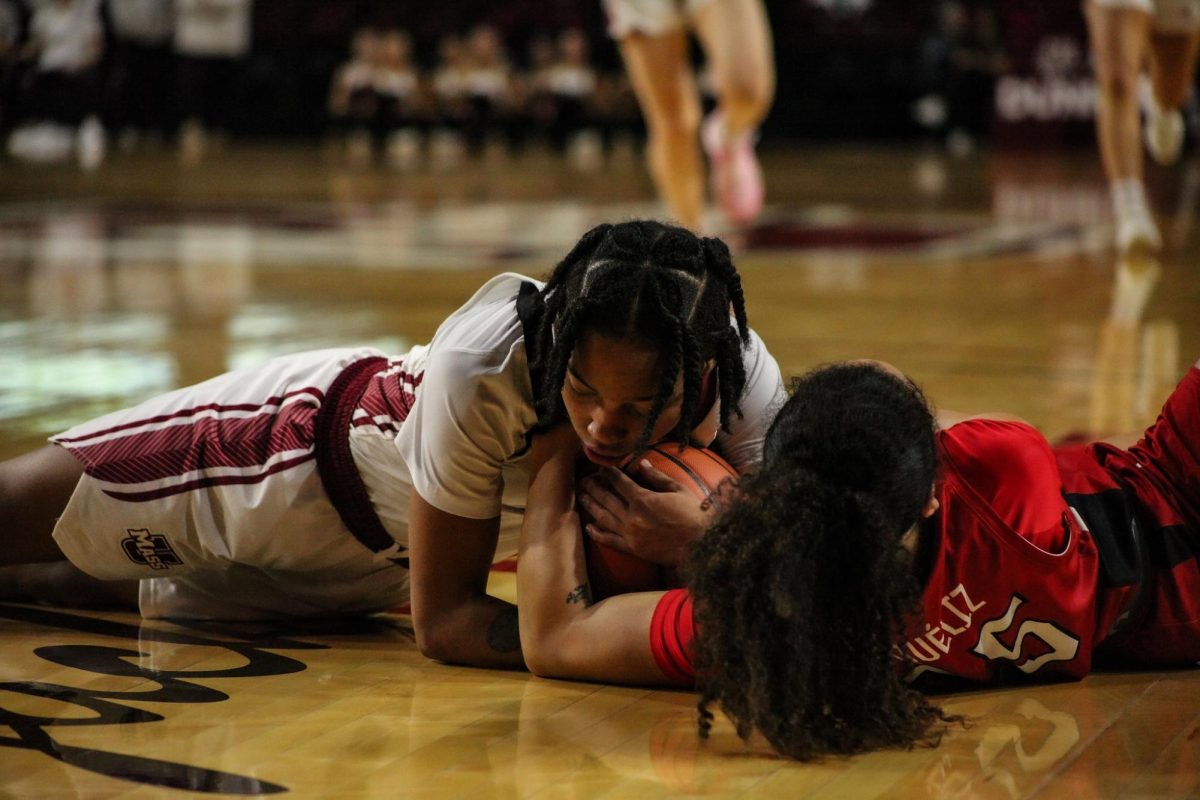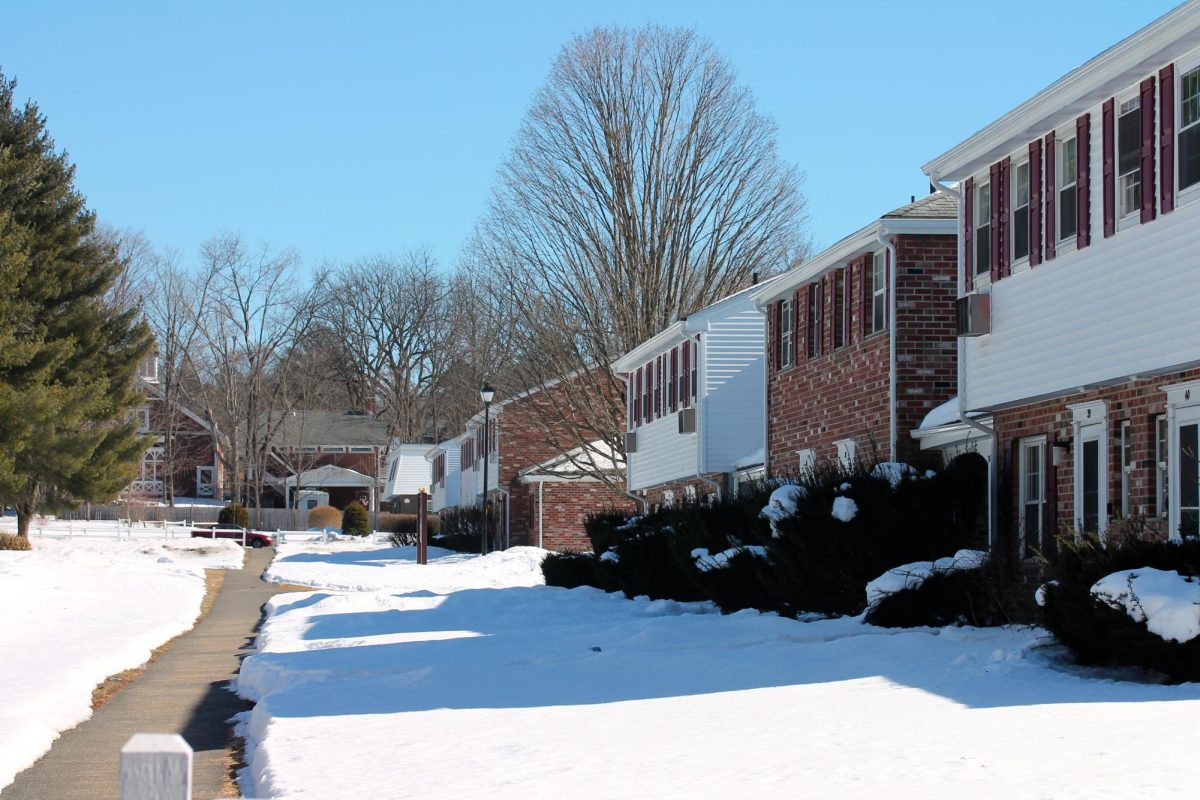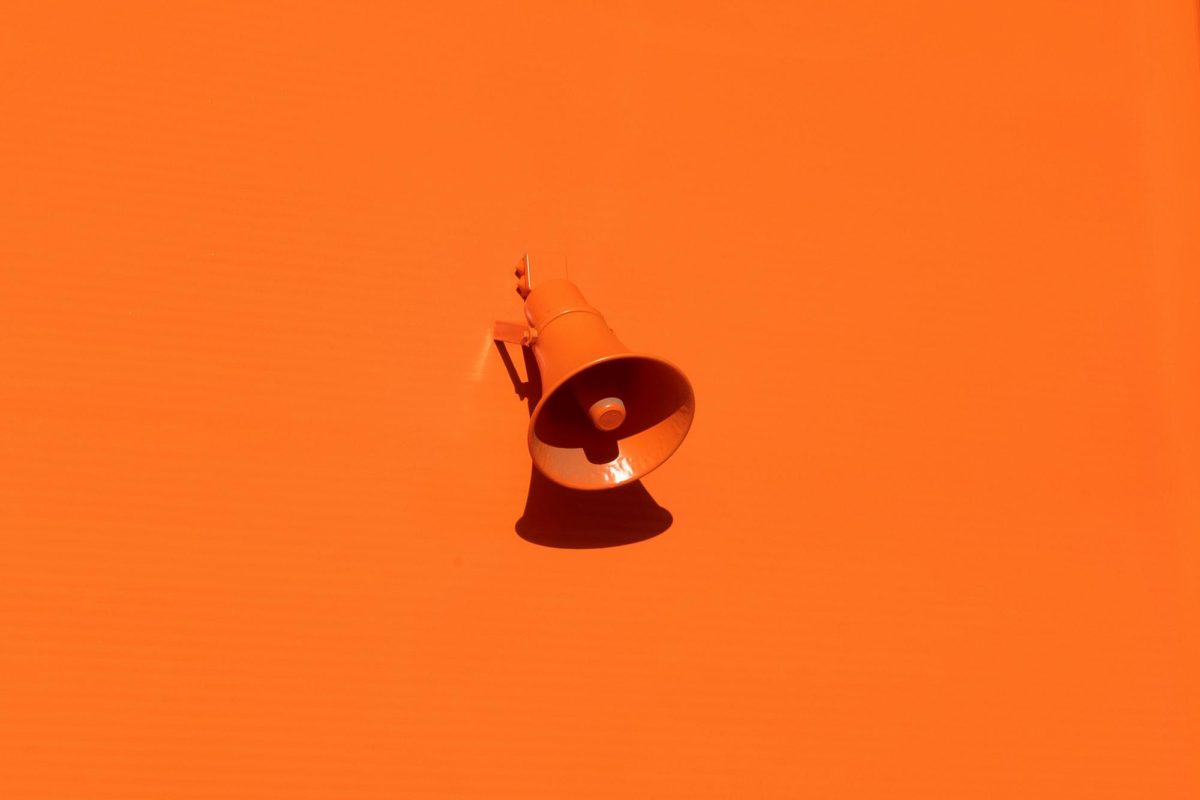Bisexual is a label that many young people, including myself, identify as. According to a 2021 Gallup poll, 7.1 percent of the American adults polled identify as LGBTQ+. Among those who identified as anything other than straight/heterosexual, 56.8 percent identify as bisexual. Notable bisexual celebrities and historical figures include Walt Whitman, Oscar Wilde, Malcolm X, Freddy Mercury, Billie Joe Armstrong, Lady Gaga and Shailene Woodley, to name just few.
My experience with bisexuality didn’t begin until I was older, after I had graduated high school and entered college. I started meeting many new people, many of them being attractive women. As a teen, I tended to suppress my feelings, including romantic feelings for women. I would often confuse my attraction to a young woman with simply thinking she was pretty. I once dreamt about a girl in one of my classes that I later figured out I was attracted to; at this point I couldn’t help but explore the label “bisexual,” because of this attraction to women I’d repressed since I was a teen.
I later became comfortable with calling myself bisexual when I realized there were girls that I went to high school with that I had liked at th e time too, but never actually had the courage to admit it to myself. To address years of repressed feelings and finally come out to myself felt great. I had always been very vocal about what I felt or was feeling with those in my inner social circle, so I started by coming out to my parents. They both were overwhelmingly accepting and welcomed me and my newly claimed identity with open arms; an open minded and unconditionally loving family is an incredible privilege I have.
Three years in, and I still call myself “bi.” Since transferring to the University of Massachusetts last year, I’ve met so many attractive young women, many of whom were also queer. I have many LGBTQ+ friends here on campus, and a lot of them are the friendliest, happiest and funniest people you will ever meet.
Since coming out, I’ve settled into a heterosexual relationship. My boyfriend of six months still validates my bisexual identity, despite him and I being in an exclusive, monogamous relationship. He loves and supports me through anything, and I couldn’t ask for anyone better.
I must admit that I feel a disconnect between myself and the LGBTQ+ community because of my relationship. I often stop to ask myself “am I not queer enough?” Internalized biphobia is something I’ve struggled with for a very long time. Biphobia is very much a real thing — just as real and valid as bisexual people.
Bisexuality, by definition, is the attraction to two or more genders. To be biphobic is to have an aversion to people who identify as bisexual, much like homophobia is an aversion to gay people. Biphobia is surprisingly more common than you may think, even though most LGBTQ+ adults in America identify as bi. No one, even people of other LGBTQ+ identities, is immune to biphobia. Here are some common biphobic myths and misconceptions.
“Bisexual people are transphobic/hate nonbinary people”
This is a myth floating around the LGBTQ+ community about bisexuals, especially among the transgender community. As I’ve established before, bisexuality is the attraction to two or more gender identities; they don’t have to be strictly cisgender men and women. You can identify as bisexual and be attracted to two or more genders.
You don’t need experience dating the same gender to know you are attracted to them. My bisexuality is different than another bisexual person’s experiences; as a bisexual who is attracted to men and women, I’ve been called “an accessory of the gender binary” or accused of being transphobic for my sexual preferences. Gender is not a binary, it is a spectrum.
“Bi, Pan and Poly all mean the same thing”
These are actually all different identities/labels within the LGBTQ community. Bisexual and pansexual, although similar, have one distinction. Pansexual, by definition, is the attraction to any and all genders. I like to think of it as being “gender blind” and not caring about what parts a person has to be attracted to them. “Poly” on the other hand is a term that is short for polyamorous, which is also its own separate identity. Polyamory is the practice of “ethical non-monogamy,” or having multiple partners with each of their consent. “Poly” could also be short for “polysexual,” another identity that means to be attracted to multiple genders.
“Bisexuals are greedy. They’re more likely to cheat in a relationship”
If only I had a quarter for every time I’ve been told to “just pick a side.” I didn’t just “pick a side” because I’m in a heterosexual relationship, either. I am still just as attracted to women as I am to men. I just happened to settle into a relationship that is exclusively heterosexual. I am not “half gay and half straight,” I am a whole, authentic person who is bisexual. Bisexual people are also not “more likely to cheat” simply because of their identity. Cheating indicates a level of unhappiness in a monogamous relationship, which can be what causes a person to be unfaithful. Cheating is a violation of a relationship’s foundational trust. If you are happy in a romantic relationship and have appropriate and healthy boundaries set with your partner, there is no reason for either person to cheat.
“That’s just a phase, you’ll grow out of it”
Being bisexual isn’t a “stepping stone” to being strictly gay. It is its own valid identity. It’s not “just a phase” that’ll later give way to being straight. I’ve openly identified as bisexual for three years so far, and this is a label that still feels authentic to me. Even though I have a boyfriend, I still identify as bisexual; my attraction to women isn’t something I can sweep under the rug or pretend isn’t a part of me.
“Bisexual people don’t exist. You’re either gay or straight”
The statistics are very clear. 56.8 percent of American LGBTQ+ adults identify as bisexual. This argument simply showcases a disconnect with reality.
“Bisexual women only like women to please men”
Every cis-hetero man I’ve come across during my years as a college student has brought up the idea of them having a threesome with two bisexual girls. As a bisexual woman, this fantasy or myth that bi women are only bi to get the attention of men, and that they will only do sexual things with other women for their pleasure only is not only biphobic, it’s misogynistic. I am not bisexual solely for the male gaze.
With those common misconceptions out of the way, I do want to reiterate: bisexual people of all genders are real, valid and queer enough for the LGBTQ+ community. There’s no LGBT without the “B.” There are bi people all around you; someone you know or love is probably bi. In a heteronormative society, bisexual and other queer voices should be amplified to debunk any biphobic myths or misconceptions that come with the label. That we don’t currently do that is sad, but it’s also a chance for us to change course and start moving in the right direction.
Liv Cushman can be reached at [email protected].





















Robyn Ochs • Oct 5, 2023 at 3:43 am
Thanks, Liz, for writing about bisexual identity for your school paper, for educating others, and being a beacon for other bi+ people. I’m Robyn Ochs, and I coined an inclusive and expansive definition of bisexuality: “I call myself bisexual because I acknowledge in myself the potential to be attracted, romantically and/or sexually, to people of more than one gender, not necessarily at the same time, in the same way, or to the same degree.” I’m also editor of Bi Women Quarterly — a free grassroots global publication that features our voices. You — and anyone reading this — are welcome to check it out, to subscribe, and/or to submit your writing. (Liz, you are a good writer!)